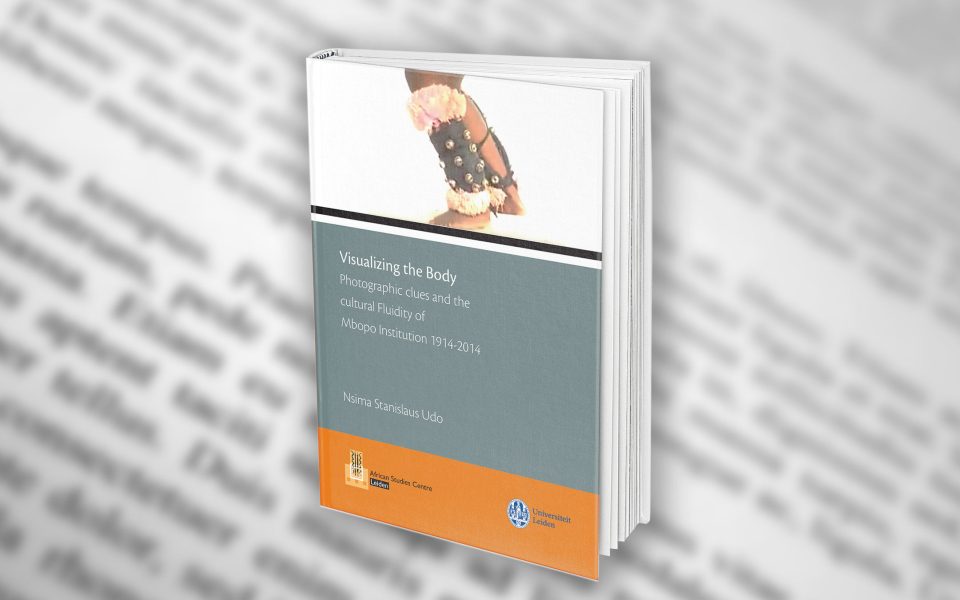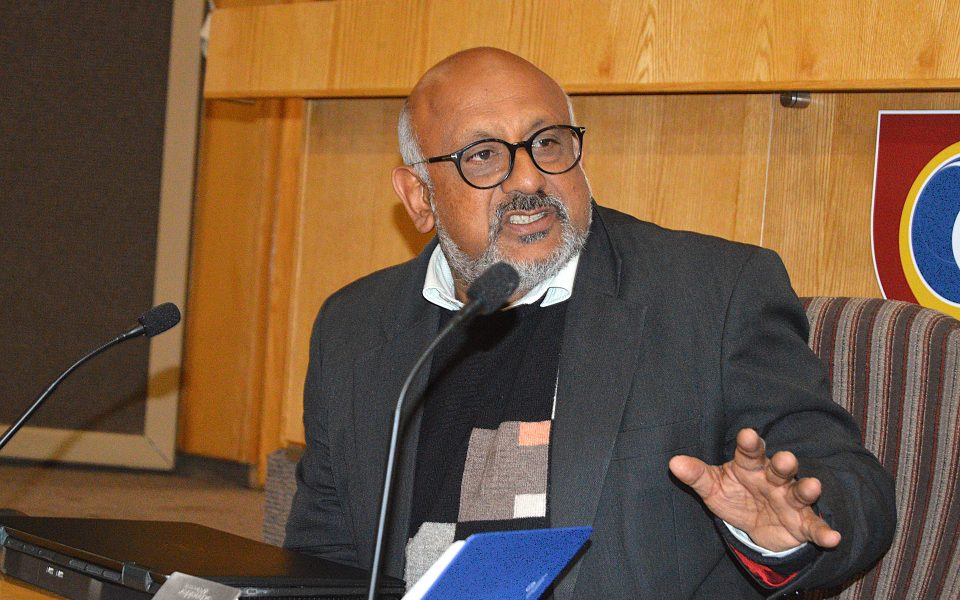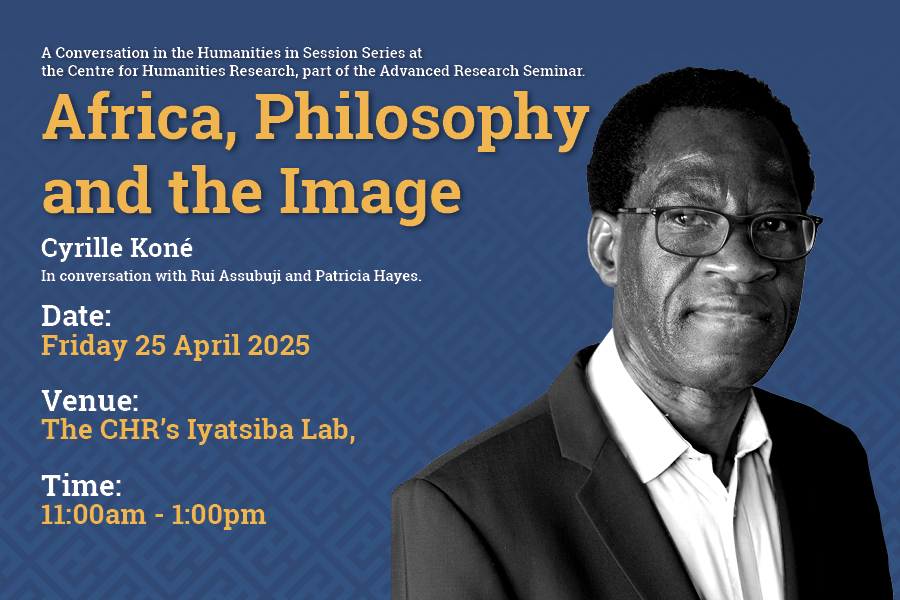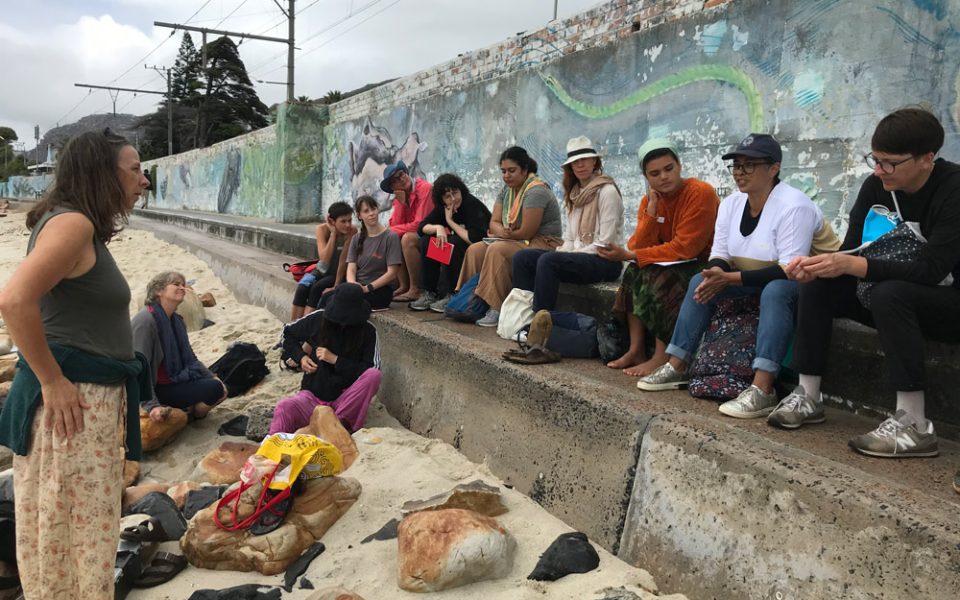Visualizing the body: photographic clues and the cultural fluidity of Mbopo institution 1914-2014

The CHR warmly congratulated Doctoral Fellow Nsima Udo on the publication of his MA thesis as a monograph.
Udo’s thesis “Visualizing the body: photographic clues and the cultural fluidity of Mbopo institution 1914-2014” received the African Studies Centre Leiden’s 2019 Africa Thesis Award and has now been published in the ASCL collections. Udo is a PhD Fellow in Visual History and Theory at the CHR.
Visualizing the body: photographic clues and the cultural fluidity of Mbopo institution 1914-2014
The mbopo institution, popularly known as the “fattening room”, is a cultural rite of passage for young virgins, who are being prepared for marriage among the Ibibio/Efik people of southern Nigeria. It is a complex cultural institution that marked the change of status from girlhood to nubile womanhood in Ibibio/Efik culture. This study examines the practice of mbopo ritual among the Ibibio/Efik people across the previous century. Through an engaged and detailed visual analysis, the study argues that in the first decade of the 20th century, the mbopo ritual had a degree of vibrancy with an attached sense of secrecy and spiritual mystery. But between 1920 and the present, this vibrancy and spiritual undertone has been subtly but progressively compromised. A build-up of tension surrounding the ritual as a result of modern forces, not only outside missionaries, but also indigenous converts, set in motion a process that would eventually transform the ritual from a framework of actual cultural practice into the realms of “cultural reinvention” and re-rendering. Feminist critiques of the 1980s and the 1990s led to popular awareness of the damaging impact of clitoridectomy, just one core aspect of the ritual. As a direct result, clitoridectomy was outlawed across the country, leaving mbopo to be seen as a morally suspect practice. In recent years, the once vibrant, secret, and spiritually grounded rite of seclusion for nubile women has been reimagined and reinvented through public display, in art, painting, cultural dance troupes, music, and television shows.




